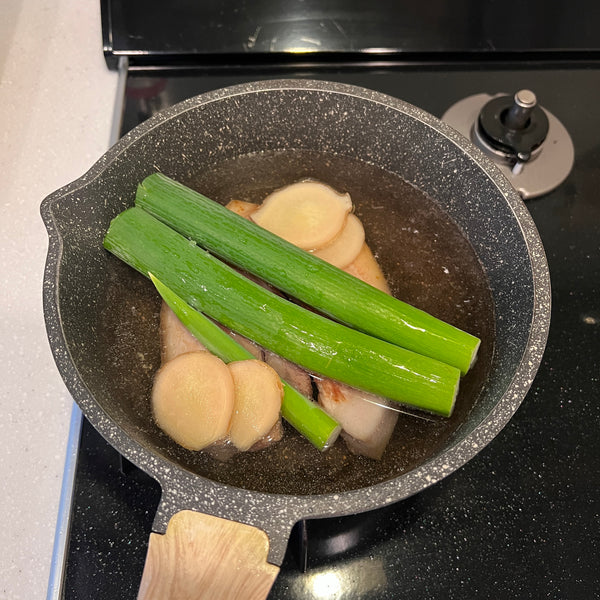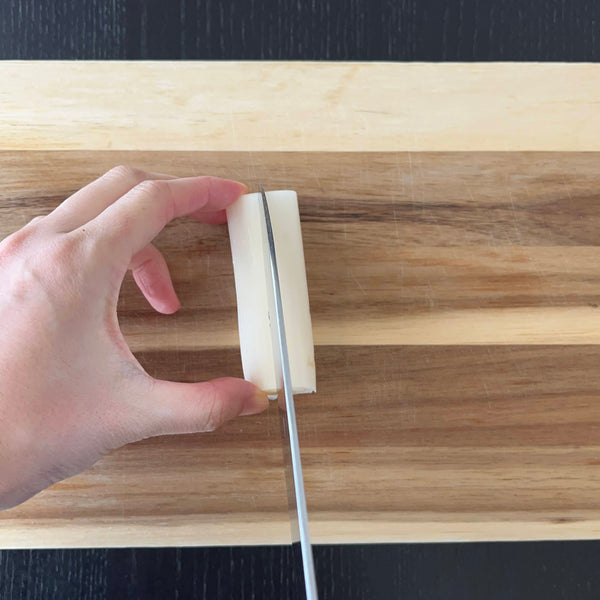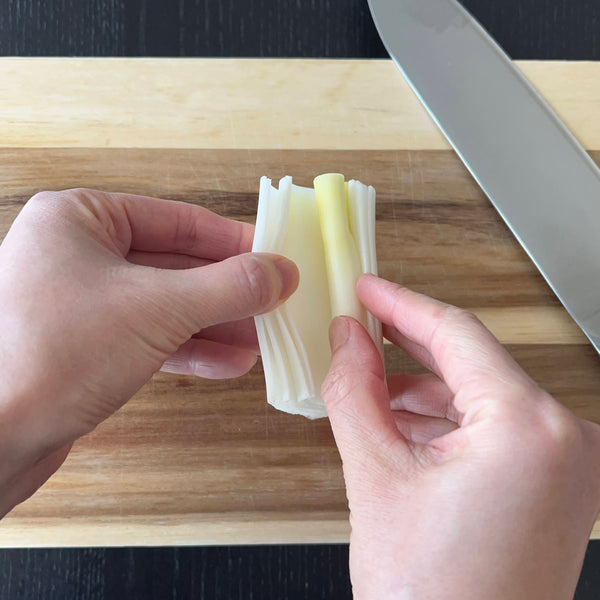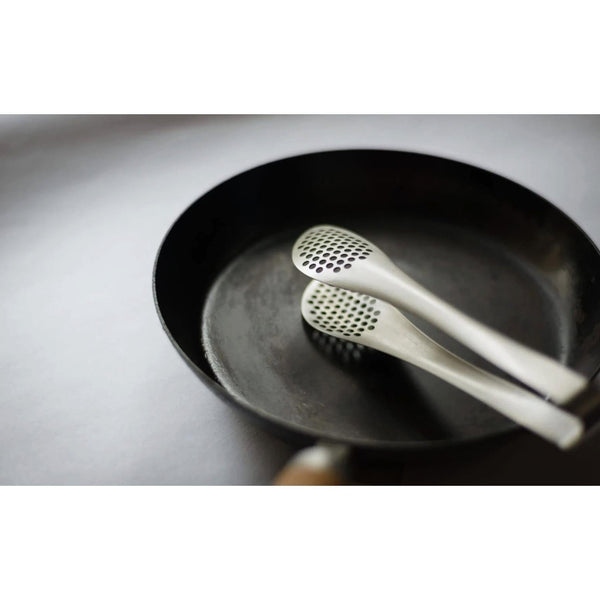
How To Make Buta No Kakuni (Braised Pork Belly)
As this dish has now become a hall-of-fame dish in Japan, there are many ways to make Buta No Kakuni at home. As the name suggests, the basic cooking process is very simple: just simmering pork belly in sweetened soy sauce-based seasoning soup. However, making this dish requires several steps and quite a long time. To reduce these efforts, some recipes use a pressure cooker or rice cooker, but in this article, we are opting for the basic method of making Buta No Kakuni using a regular pot, which involves some additional steps and time. This is because we are confident that you can create an authentic, delicious, and tender Buta No Kakuni with our recipe!
First of all, the perfect Buta No Kakuni is tender, juicy, and deeply flavored, which is totally different from roast pork or Chashu, although their exteriors look similar. To achieve these goals, you need to follow some steps and wait for it to be the perfect finish.
Before delving into the cooking process, it is essential to consider how to select the pork belly. Then how should we choose the pork belly? First and foremost, examine the balance of lean parts and fatty parts. Ideally, the layers should be evenly distributed. Therefore, we recommend opting for the belly part over the shoulder loin or leg ham, as it yields a juicier Buta No Kakuni. Once you have chosen the right pork belly, achieving the perfect Buta No Kakuni becomes much easier!
Finally, let’s delve into the cooking process. In our recipe, there are 3 stages to cook the pork belly. First, we grill all the surfaces of the pork to seal in Umami flavor. Second, we boil it with aromatic vegetables to remove any unwanted smells and tenderize the meat. Finally, we simmer the pork belly with seasonings to infuse the flavors deeply and further tenderize it.
Thus, the process is simple enough, and time is what makes the dish more delicious. Hold off on any hasty feelings and enjoy the waiting period, anticipating the savory dish to come!
Overview
Prep time: 10 mins
Cook time: 2hrs 30mins
Total time: 2hrs 40mins
Total servings: 3
Difficulty: Easy
Ingredients
- 400-600g Pork Belly Block
- 1 tsp Cooking Oil
- 3 Tbsp Sugar
- 3 Tbsp Soy Sauce
- 100ml Cooking Sake
- Water, as needed
- 60-80g Japanese Leek (green part)
- 4 Slices of Ginger (with peel)
- 8cm Japanese Leek (white part, for garnish)
- Boiled Spinach as needed
Expert's Tip

Instructions
1) Gathering the Ingredients
2) Searing the Pork Belly

3) Simmering the Pork Belly
4) Taking the Pork Belly Out Of the Broth
5) Simmering the Pork Belly with Seasonings
6) Making 'Shiraga Negi'
7) Reducing the Buta no Kakuni Broth

























2 comments
Thank you for sharing your experience, Kevin! Browning can indeed take a bit of patience, but it’s worth it for that deep, savory flavor. We’re glad your family enjoyed it! Thank you so much for your support and please feel free to browse our other recipes!
Japanese Taste,
Totemo oishiikatta desu. I was a little worried while browning, because it took a long time. But the end result was great, and my Japanese wife and MiL enjoyed it.
Kevin,